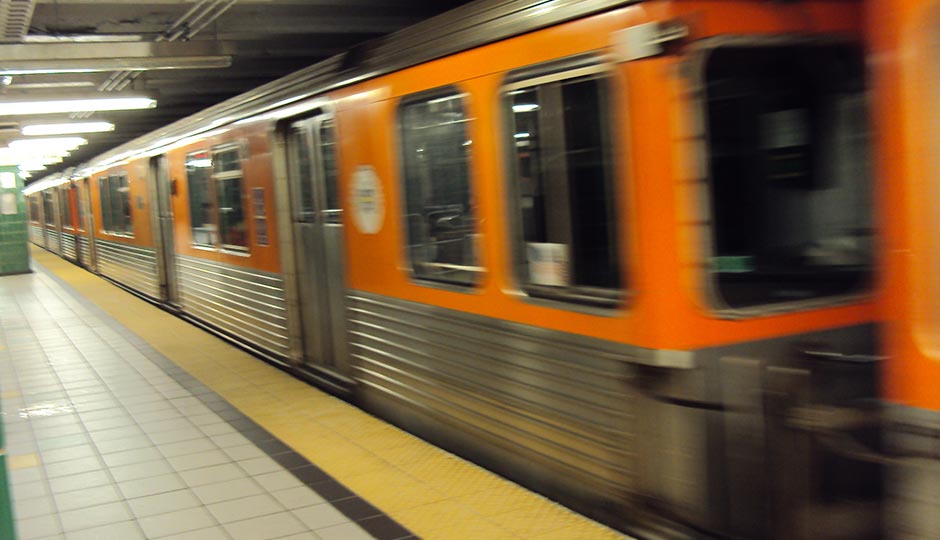How Braking SEPTA Trains Will Generate Electricity — and Save the Agency Millions

Thanks to a public-private partnership, Broad Street Line trains will join their Market-Frankford siblings as power sources for SEPTA thanks to batteries that will capture energy generated when they brake. Photo | Flickr user Paul Sableman under a Creative Commons license
Thanks to a new public-private partnership announced today, SEPTA has taken the lead in implementing a technology that saves money, reduces the need for new power generating plants and better equips transit systems to handle emergencies.
The technology, which SEPTA installed at two Frankford Elevated power substations in 2014 as a pilot project, captures energy generated by braking trains and feeds it into storage batteries via the third rail.
The public-private partnership between Constellation and SEPTA will expand the pilot into a full implementation by adding batteries at seven additional substations on the Broad Street and Market-Frankford lines. The seven new batteries will provide 8.75 megawatts of storage capacity on top of the 1.8 megawatts already in service on the Frankford El.
This new energy source won’t cost SEPTA a single penny either. Under the arrangement, Constellation will build and operate the battery network for 20 years, using some of the storage capacity to generate revenue by selling the space to the region’s power grid operator, PJM Interconnection. Viridity Energy, SEPTA’s power broker for its two batteries, will play the same role in this arrangement, offering storage capacity to PJM if and when it needs it to help regulate the flow of energy on its distribution network.
Along with building and operating the batteries, Constellation will also make power supply efficiency improvements that it says will produce $26 million in savings annually for SEPTA on top of savings from the reduced need to purchase power on the open market.
“We’re the only ones that are doing this,” SEPTA Director of Innovation Eric Johanson said of the battery storage project.
The project is also part of a larger strategy to make SEPTA’s system more resilient. Johanson explained how the batteries help meet that goal: “This new source of energy will serve as backup power in the event of a local PECO outage.” Noting how riders in New York were stuck for hours on stalled trains when a local blackout shut down power to the subways in 2003, he said that should such a blackout occur here, battery power could be used to propel trains on tracks fed by the substations to the next station on the line.
All of this was made possible by the deregulation of the electric power system in the 1990s, which allowed individuals and companies to generate their own power and feed it into the power grid if they don’t use it. “All of these solar and wind power installations introduce instability into the grid,” Johanson said. In order to keep power flows from fluctuating wildly, PJM will either store surplus power or draw it down as needed, and the batteries will give it added capacity to regulate flows.
“It’s PJM’s forward-looking approach to electricity markets that allows us to do this,” Johanson continued. (The nation’s oldest power pool, PJM distributes electricity on a network that covers 13 states and the District of Columbia. Johanson noted that both the Washington and Chicago subway systems could also take advantage of this technology; neither has yet done so.)
Five Broad Street Subway substations — Park, Louden and Butler in North Philadelphia, Pine in Center City and McKean in South Philadelphia — will be equipped with batteries as part of this expansion. Letterly and Griscom substations on the Frankford El had batteries installed when the pilot program launched; to these will be added Sansom substation in Center City and Allison substation in West Philadelphia.
Installation of the batteries will begin in the second quarter of this year. They are projected to go on line in late 2016.
Follow Sandy Smith on Twitter.


